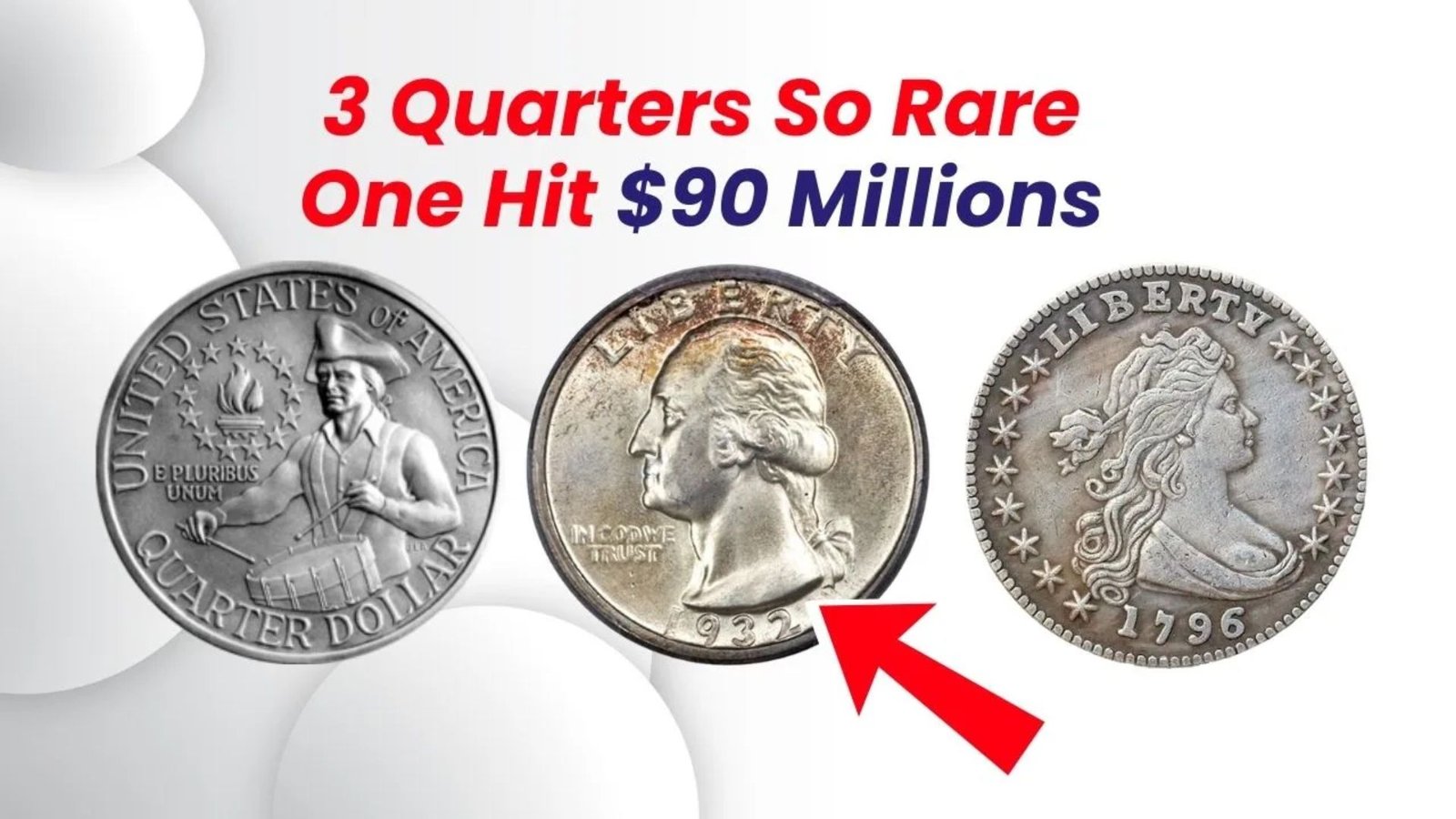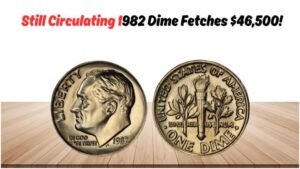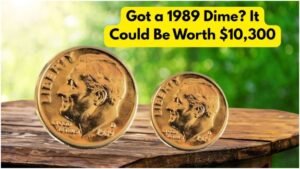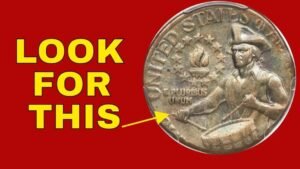Imagine finding a quarter in your pocket worth millions! Rare U.S. quarters have turned spare change into fortunes, with one Bicentennial Quarter fetching a jaw-dropping $90 million. This post dives into three ultra-valuable quarters, their history, and tips for spotting treasures in your change.
What Makes Quarters So Valuable?
Quarters are everyday coins, but some are extraordinary. Rarity, minting errors, and historical significance can make a 25-cent piece worth millions. Low mintage, unique designs, or mistakes like double strikes drive value. Collectors hunt these gems, turning pocket change into numismatic treasures.
The History of Rare Quarters
The U.S. Mint began striking quarters in 1796, starting with the Draped Bust Quarter. Over time, designs evolved—Seated Liberty, Barber, Standing Liberty, and Washington Quarters. Errors, like overdates or wrong planchets, created rarities. These coins reflect America’s history, from early independence to modern commemoratives.
Why These Quarters Are Worth Millions Today
Three quarters stand out for their staggering auction prices:
1. 1976 Bicentennial Quarter – $90 Million
A rare version with a minting error, possibly struck on a silver planchet, sold for $90 million. Its pristine condition and unique composition made it a collector’s dream.
2. 1796 Draped Bust Quarter – $1.74 Million
America’s first quarter, with only 6,146 minted, is a historical gem. A Mint State 66 example fetched $1.74 million in 2022 due to its rarity and condition.
3. 1823/2 Capped Bust Quarter – $246,750
This overdate error, with “3” stamped over “2,” is ultra-rare. Only 35 exist, and an AU-58 example sold for $246,750 in 2015.
| Quarter | Year | Mintage | Auction Price | Key Feature |
|---|---|---|---|---|
| Bicentennial | 1976 | Unknown (Error) | $90M | Minting Error |
| Draped Bust | 1796 | 6,146 | $1.74M | First U.S. Quarter |
| Capped Bust | 1823/2 | ~35 | $246,750 | Overdate Error |
How to Spot Valuable Quarters
You could have a fortune in your change! Check for:
- Mint Marks: Look for “S” (San Francisco) or “D” (Denver) near Washington’s ponytail.
- Errors: Double strikes, off-center designs, or overdates boost value.
- Condition: Pristine, uncirculated coins fetch higher prices.
Use a magnifying glass to inspect details. Professional grading by PCGS or NGC confirms authenticity and value.
Fascinating Facts and Records
- The 1796 Draped Bust Quarter was inspected by the Founding Fathers.
- Only a handful of 1976 Bicentennial Quarters with errors exist, making them legendary.
- The 1823/2 Capped Bust is one of the rarest U.S. coins, with just 35 known.
| Fact | Quarter | Impact |
|---|---|---|
| First Quarter | 1796 Draped Bust | Historical significance |
| Highest Sale | 1976 Bicentennial | $90M auction record |
| Rarest Error | 1823/2 Capped Bust | Only 35 exist |
Expert Tips for Coin Collectors
- Research Key Dates: Focus on 1796, 1823/2, or error-prone years like 1976.
- Avoid Cleaning: Cleaning coins reduces value; keep them untouched.
- Get Grading: Professional grading enhances resale value.
- Join Communities: Forums like the ANA or NGC offer insights and updates.
- Store Safely: Use plastic holders to protect coins from moisture and scratches.
Frequently Asked Questions
Q: What makes a quarter worth millions?
A: Rarity, minting errors, historical significance, and pristine condition drive value.
Q: How do I know if my quarter is rare?
A: Check the year, mint mark, and errors. Use a loupe and consult grading services.
Q: Can I find valuable quarters in circulation?
A: Yes, rare quarters like the 1976 Bicentennial have been found in change.
Q: Where can I sell rare quarters?
A: Try auction houses, coin dealers, or platforms like Heritage Auctions or eBay.
Q: Are modern quarters valuable?
A: Some, like error-prone 1976 or 2019-W quarters, can fetch high prices.
Conclusion
Rare quarters like the $90 million Bicentennial Quarter prove that small change can hold big value. Their history, rarity, and errors make them numismatic treasures. Check your coins, join collector communities, and maybe you’ll uncover a fortune! Share this post or explore more coin-collecting tips.




